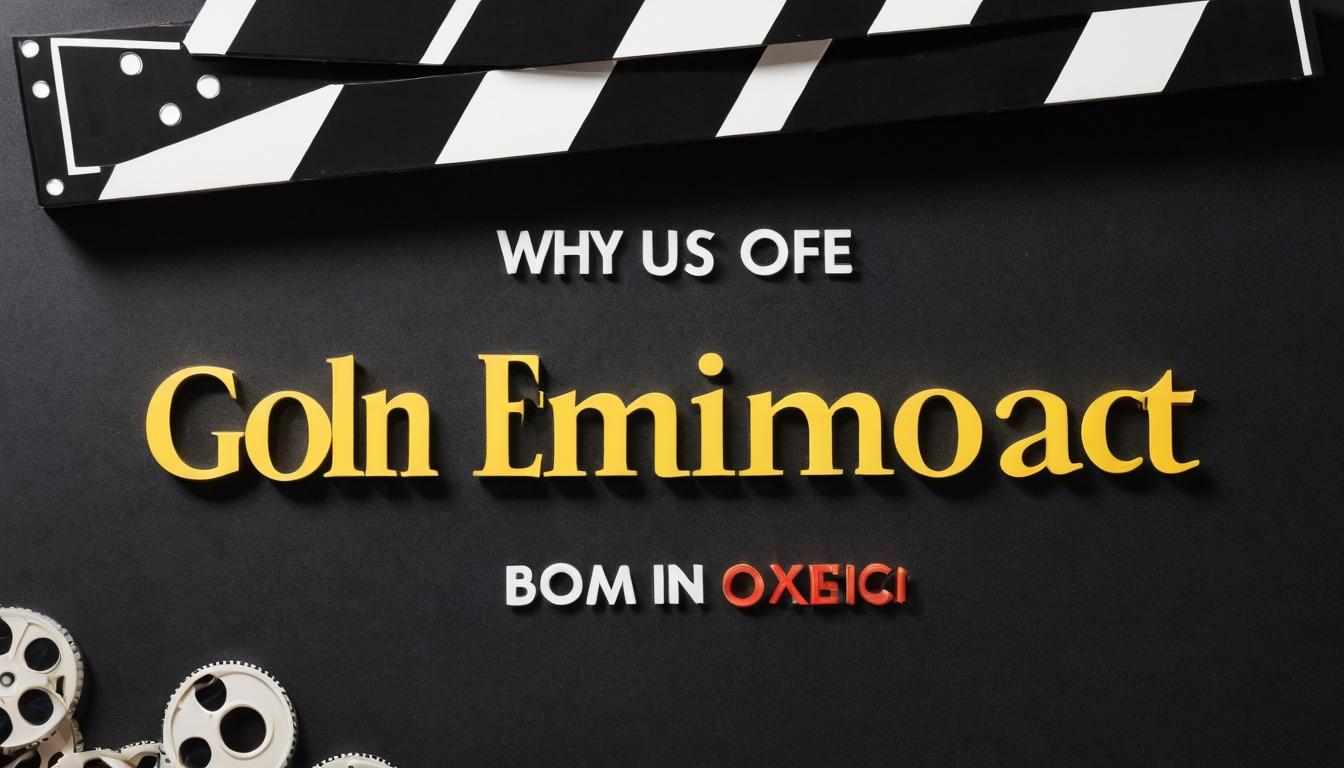In the dim glow of a thousand living room screens, a curious phenomenon is unfolding across the streaming landscape. Films that stumbled at the box office, dismissed by critics and ignored by audiences during their theatrical runs, are finding remarkable second lives on digital platforms. This streaming resurrection isn't just happening—it's becoming a pattern that challenges our fundamental understanding of what makes a movie successful in the modern era.
Take last year's sci-fi thriller 'The Last Starfall' as a prime example. The film earned a dismal $12 million worldwide against its $80 million budget, with critics calling it 'derivative' and 'emotionally hollow.' Yet on Netflix, it became the seventh most-watched film globally in its debut week, racking up over 45 million viewing hours. The numbers don't lie, but they do raise uncomfortable questions about the disconnect between theatrical performance and streaming success.
The psychology behind this phenomenon reveals much about how we consume entertainment today. Dr. Elena Rodriguez, a media psychologist at UCLA, explains that 'the streaming environment fundamentally changes our expectations. When viewers aren't paying $15 per ticket plus parking and concessions, their threshold for enjoyment lowers significantly. A film that feels disappointing in a theater can feel perfectly adequate on your couch.' This psychological shift creates a fertile ground for movies that might have underwhelmed in cinemas to find their audience.
Streaming platforms have become the ultimate testing ground for films that traditional metrics failed. The data analytics teams at services like Netflix and Amazon Prime have identified what they call the 'comfort watch' factor—movies that may not be groundbreaking cinema but provide reliable entertainment for specific viewer moods. These algorithms have become surprisingly adept at matching underperforming films with audiences who will appreciate them, creating success stories from what the industry initially labeled failures.
Marketing plays a crucial role in this resurrection narrative. Streaming services have mastered the art of rebranding theatrical disappointments as 'hidden gems' or 'overlooked classics.' The same film that struggled to find an identity in crowded theatrical markets can be precisely positioned for streaming audiences through targeted algorithms and curated collections. A movie that was marketed as an action blockbuster in theaters might find new life as a 'sci-fi mystery' or 'character-driven thriller' on streaming platforms.
The financial implications are reshaping Hollywood's calculus. Studios are increasingly factoring potential streaming revenue into their greenlight decisions, knowing that a theatrical disappointment might still turn profitable through streaming rights sales and subsequent viewer engagement. This has created a safety net that encourages more creative risk-taking, though critics argue it might also lower the bar for quality.
Audience behavior tells an equally fascinating story. Social media platforms have become amplifiers for streaming discoveries, with TikTok and Twitter creating viral moments for films that left theaters quietly. The communal aspect of streaming—watching the same film simultaneously with friends in different locations, then discussing it online—has created new pathways for word-of-mouth promotion that simply didn't exist during the films' theatrical runs.
Genre films appear to benefit most from this streaming renaissance. Horror movies, romantic comedies, and mid-budget action films that struggled to compete with superhero blockbusters in theaters are finding dedicated audiences online. The very characteristics that made them commercially risky in theaters—specific genres, niche appeal, unconventional storytelling—become strengths in the streaming ecosystem where variety and specificity are valued.
This trend raises important questions about how we measure success in the entertainment industry. If a film reaches more viewers and generates more cultural conversation on streaming than it did in theaters, which metric truly matters? The traditional box office numbers that determine a film's initial fate, or the streaming numbers that determine its legacy? Industry insiders are increasingly looking at both, recognizing that a film's journey no longer ends when it leaves theaters.
The international angle adds another layer of complexity. Many films that underperformed domestically find massive audiences in international markets through streaming. Cultural elements that might have limited a film's appeal in American theaters can become its strongest selling points when distributed globally. Streaming platforms have become the great equalizer, giving films second chances across borders and cultures.
Looking ahead, this streaming paradox is likely to intensify as platforms compete for content and audiences become more fragmented. The relationship between theatrical performance and streaming success will continue to evolve, potentially leading to new distribution models and measurement standards. What's clear is that the traditional narrative of a film's success or failure is being rewritten in real time, with streaming platforms holding the pen.
As we navigate this new landscape, one thing remains certain: the movies we watch and how we discover them are changing faster than anyone predicted. The streaming revolution isn't just about convenience—it's about creating second chances, rewriting histories, and proving that sometimes, the most interesting stories aren't on screen, but in the unexpected journeys of the films themselves.
The streaming paradox: Why box office failures become streaming goldmines

